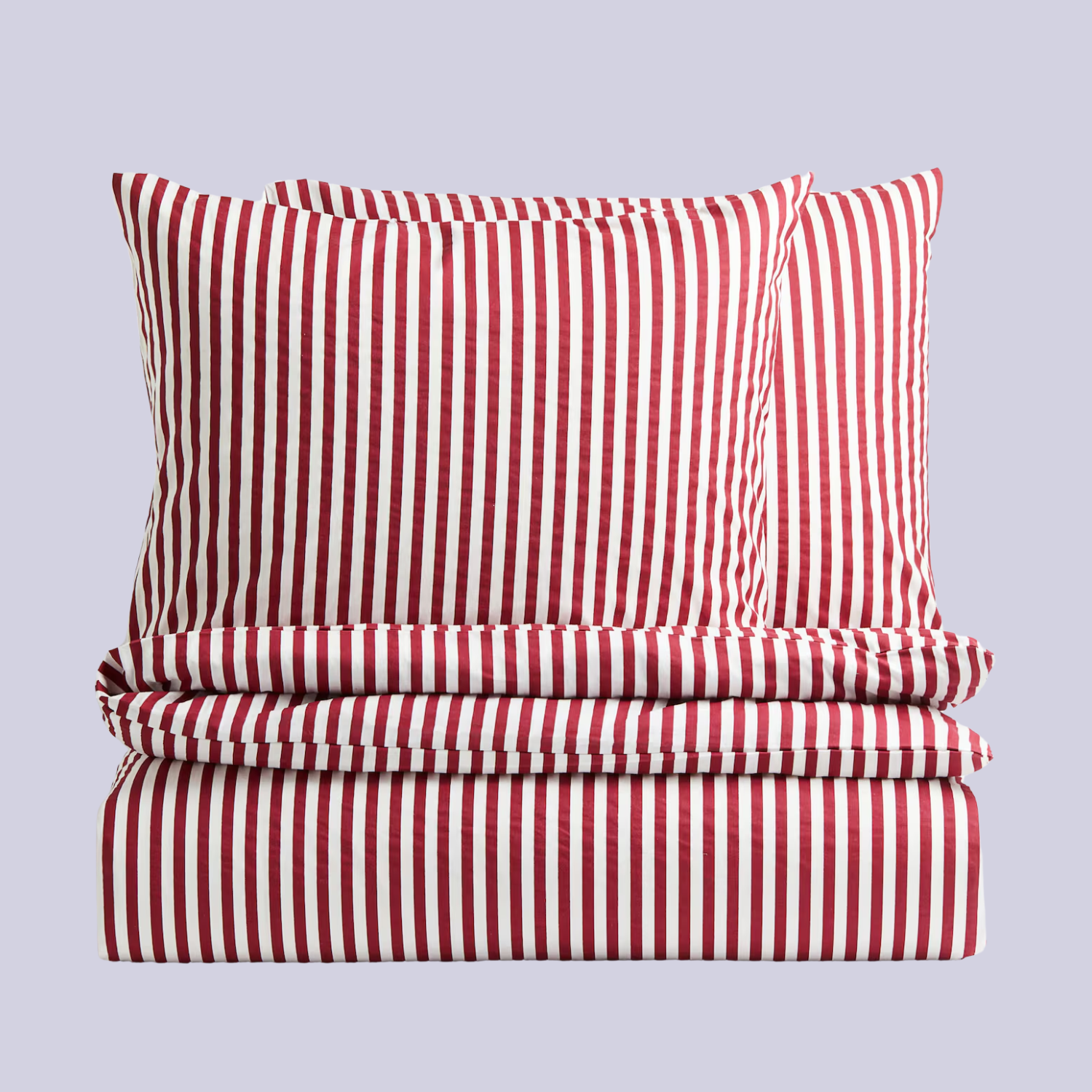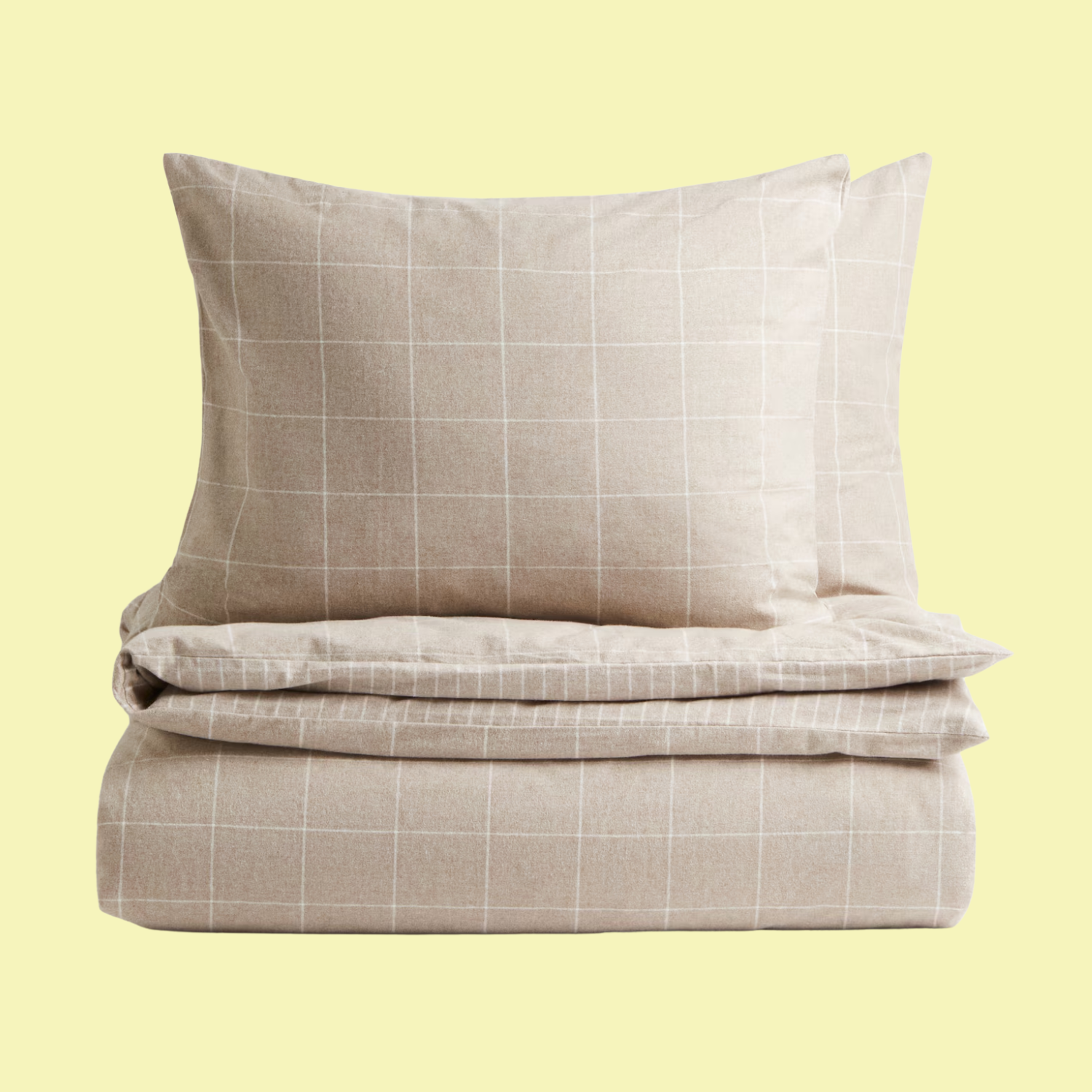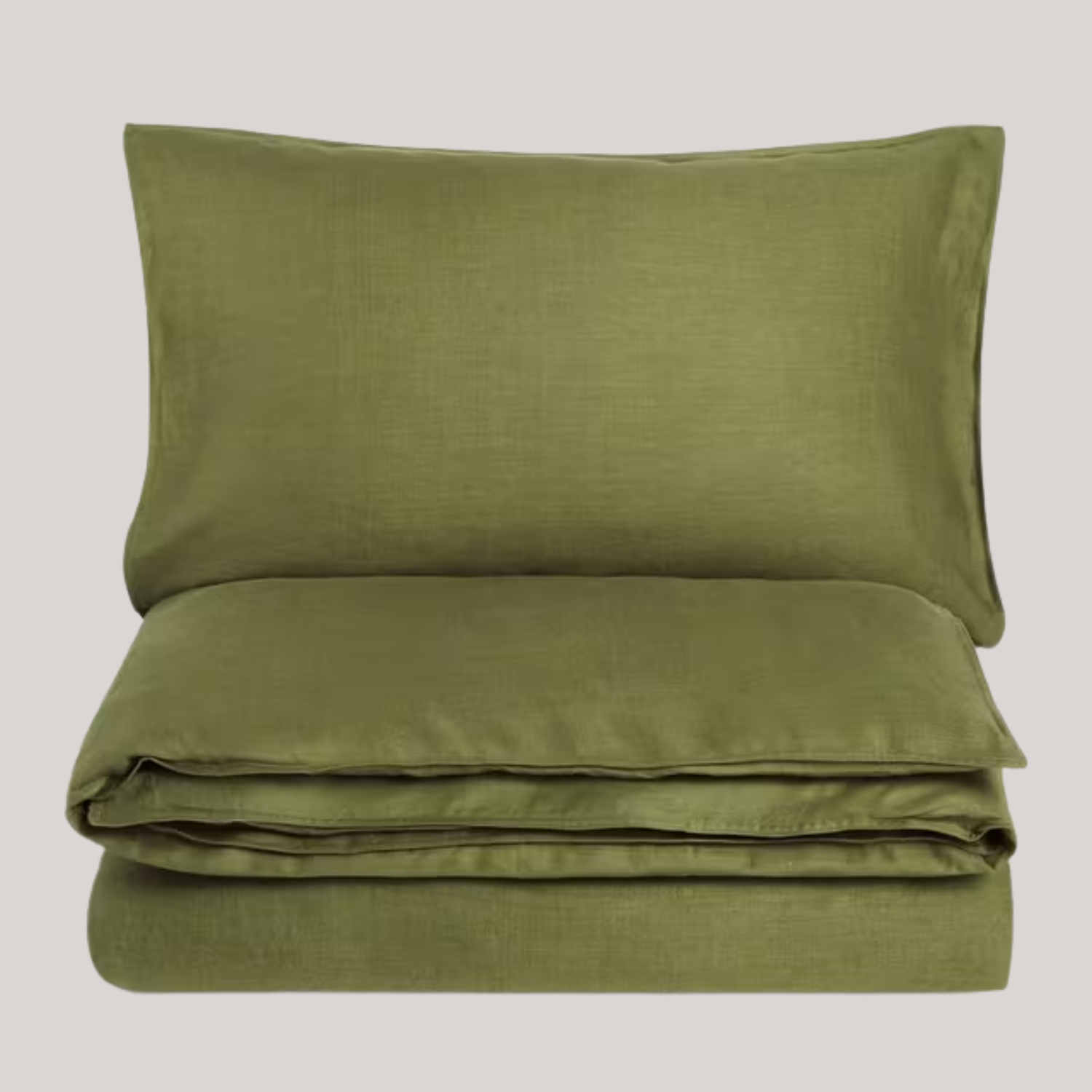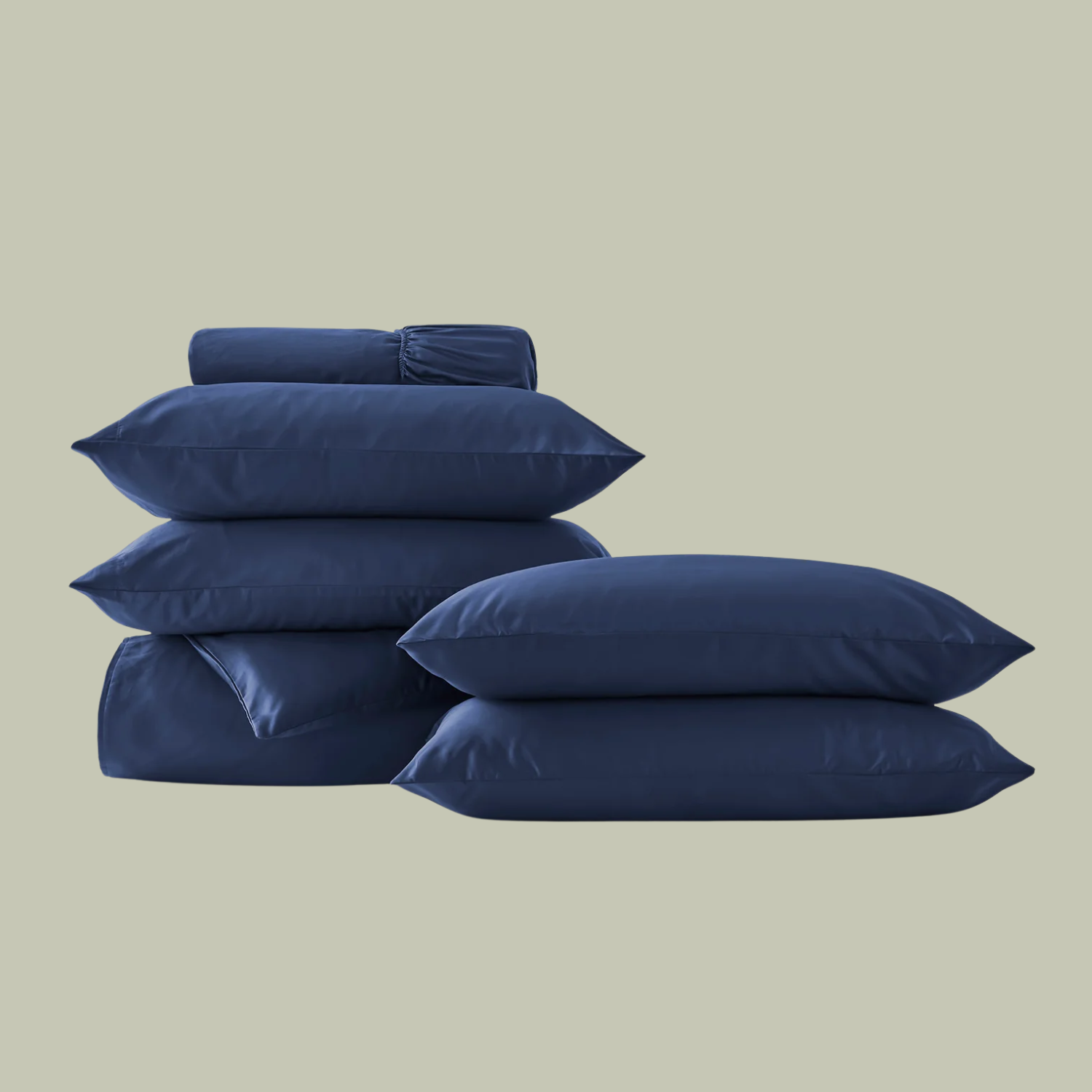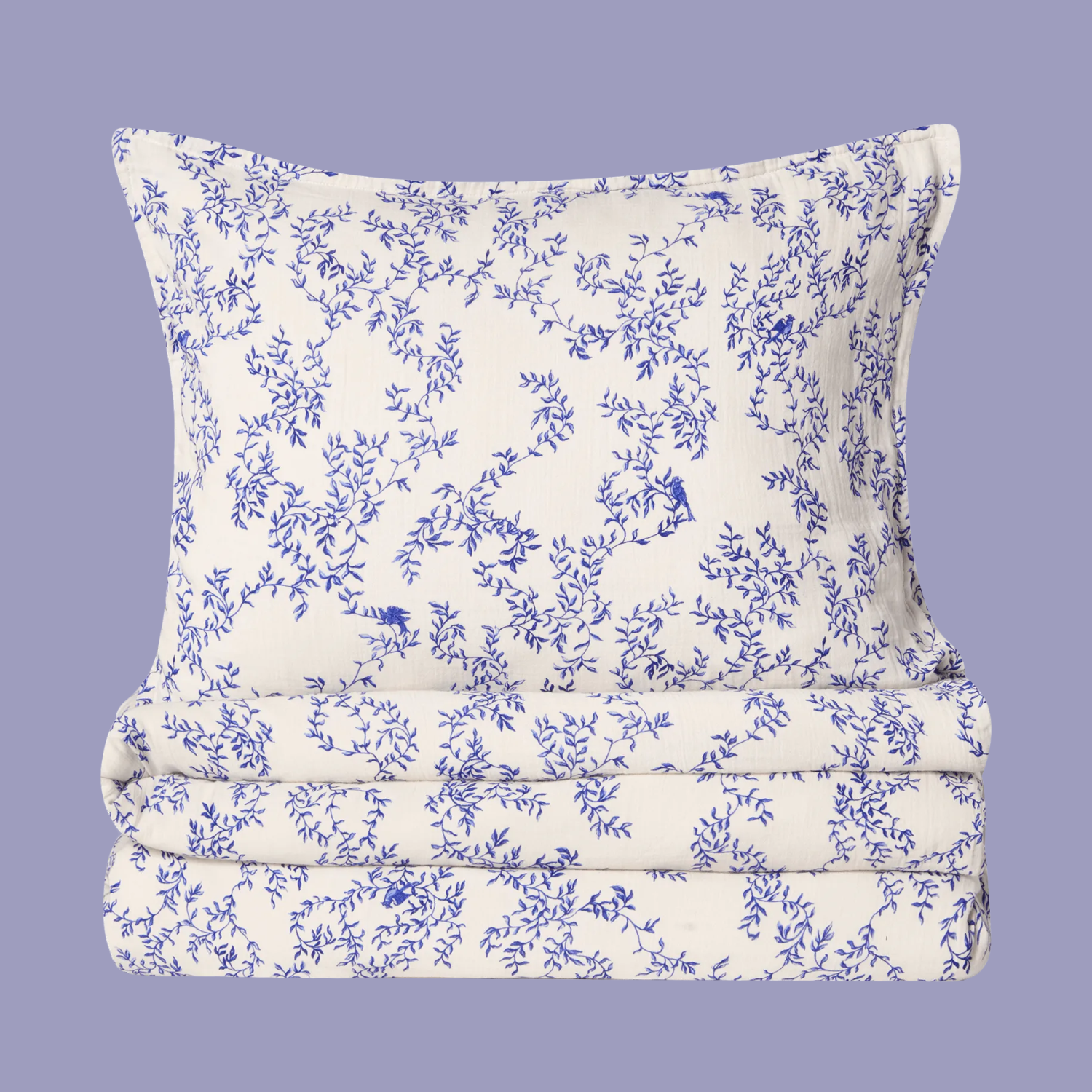5 Bedding Materials to Avoid That Trap Heat When You Sleep — And Why That's Not as Good as It Sounds, Even in Winter
These insulating fabrics might sound great in theory, but they will end up costing you cozy sleep when the time comes
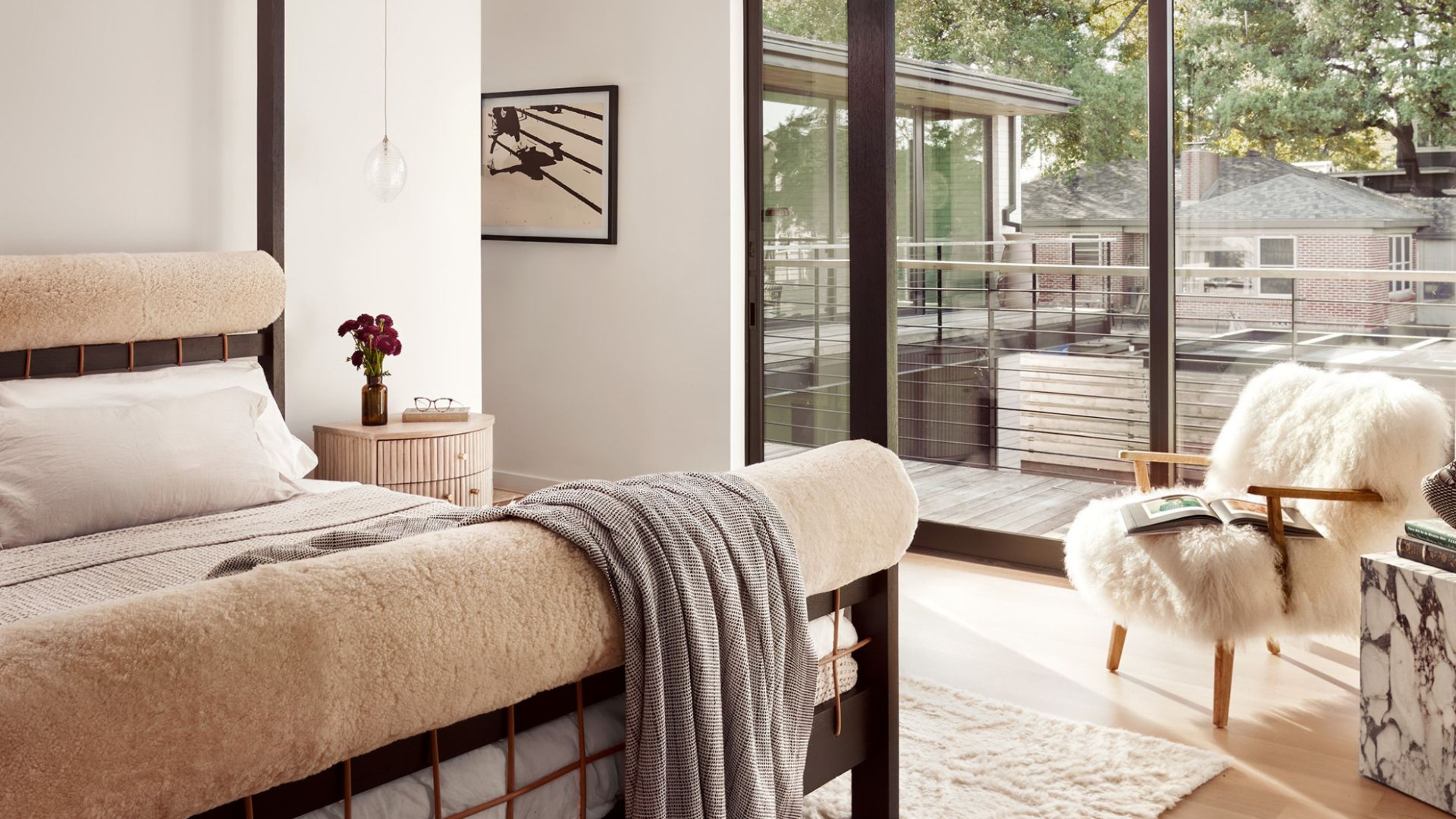

As winter rolls in with its cool breeze, there's nothing I yearn for more than a warm bedscape to keep me comfortable through the night. And, typically, we're quick to fall for anything that looks soft and is tagged with words like insulating and warming.
However, the experts tell me that this isn't always a good thing when you're trying to learn how to sleep better. Getting caught up on these inviting buzzwords could actually hinder your rest and leave you feeling totally uncomfortable.
"Most people think warmth equals heavy materials, but in reality, it’s all about airflow, layering, and moisture management," says Nancy Johnston, bedding expert and founder of Truuce. "The goal in winter isn’t to trap heat, it’s to retain comfort without creating a sauna under the sheets." So here are the materials to steer clear of, and what to opt for instead this winter.
1. Microfiber
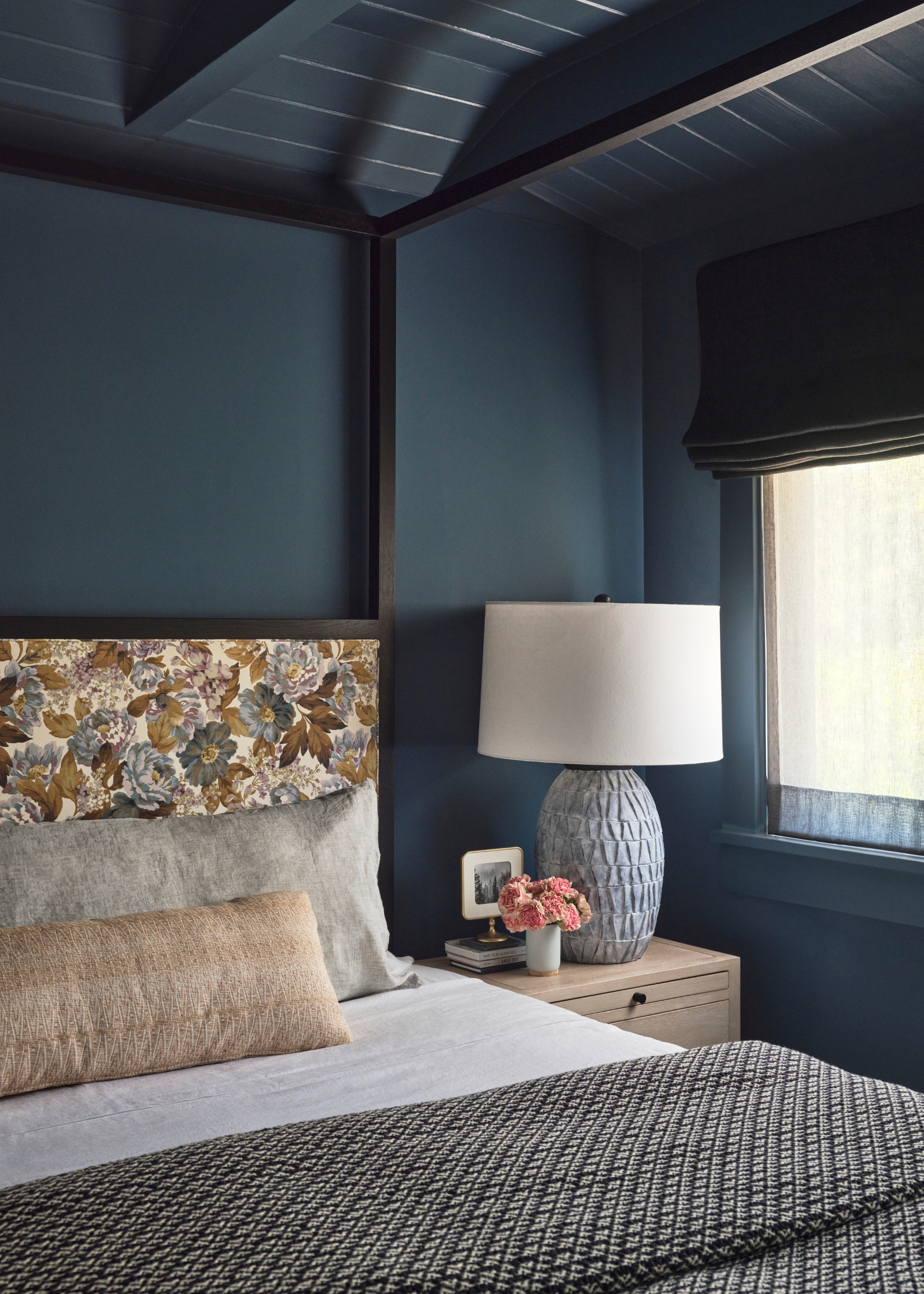
DO INSTEAD: Treat your bed to cotton bedding that keeps you cool without overheating.
According to Nancy Johnston of Truuce, microfiber bedding is one of the worst winter bedding materials around. "This fabric is a favorite because it is very soft to the touch and relatively inexpensive, but it is made from synthetic fibers that trap heat and moisture," she says.
"Instead, I recommend opting for 100% cotton percale or sateen sheets, both of which are made from cotton, just different weaves. Cotton is a natural fiber that will breathe and wick moisture away from your body."
Our guide on where to buy bedding has plenty of recommendations for the best cotton accessories to drape and decorate your bed this winter. So stay away from microfiber and indulge in this natural fabric instead.
A true entrepreneur, finance professional, and master seamstress, Nancy has an enduring passion for pioneering innovation and visionary design. In bringing bedding into the 21st century, she hopes Truuce will help you save valuable time, avoid frustration, and spark a passion for smart luxury.
2. Velvet and Flannel
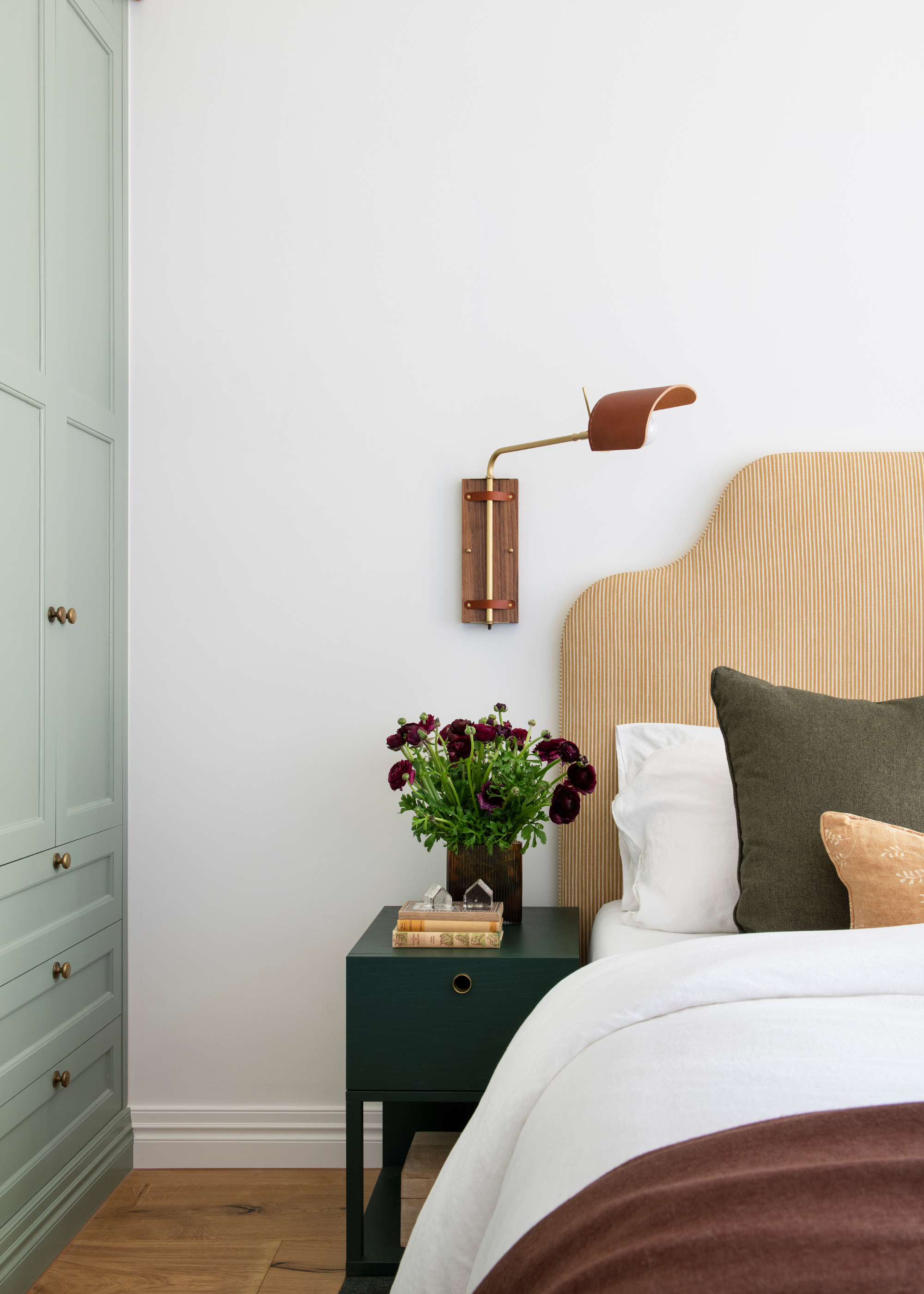
DO INSTEAD: Choose flannel that is crafted from 100% cotton.
When I think of wintry bedrooms, thoughts of luxurious velvet and festive flannel are among the first to come to mind. And as good as they may look and seem in theory, Nancy tells me that they're best avoided.
The Livingetc newsletters are your inside source for what’s shaping interiors now - and what’s next. Discover trend forecasts, smart style ideas, and curated shopping inspiration that brings design to life. Subscribe today and stay ahead of the curve.
"These popular fabrics feel so cozy and luxe to crawl into at night, but you may find yourself overheating at three in the morning," she explains. "If you love the soft feel of flannel, make sure your flannel sheets are made from 100% cotton."
She finds that this subtle shift in fabric will result in a highly soft type of bedding without heat-trapping to the point of discomfort. Plus, it lets you indulge in the classic look of the material without losing out on sleep.
3. Polyester Blends
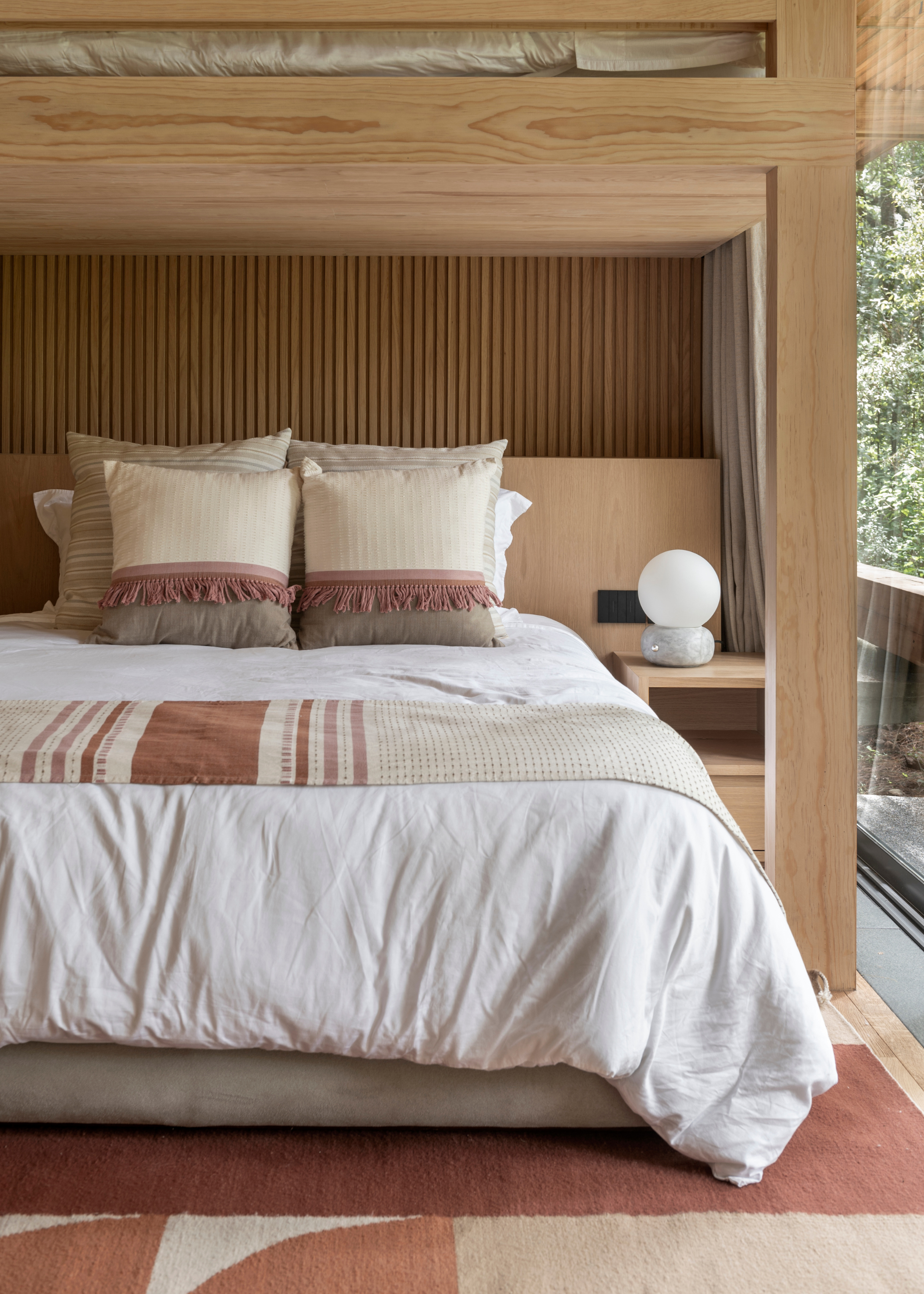
DO INSTEAD: Flax linen is the best alternative to synthetic polyester blends.
Cathy Rust, bedding expert and founder of Cool Your Sweats, tells me that polyester is another bedding material to avoid. "This bedding material is made from plastic and is therefore not responsive to people’s changing temperatures," she advises.
"Generic polyester sheets, blankets, and comforters will trap heat next to you. And if you're a hot sleeper, your body will sweat as a way of cooling down. Only, the moisture will not escape, leading to an uncomfortable sleep environment."
As an alternative, Nancy recommends breathable and airy Belgian flax linen. "It is naturally temperature-regulating and moisture-wicking like cotton," she says. "But it also allows for a little more air flow."
Cathy Rust is a fabric and materials expert specializing in how textiles influence thermal comfort—particularly for women experiencing night sweats due to menopause, cancer treatments, or hormonal changes. As the founder of CoolYourSweats.com, Cathy combines over 15 years of research into natural, sustainable materials with her personal journey through years of sleep-disrupting night sweats. Her expertise lies in understanding how different fibers—cotton, bamboo, synthetics, hemp, linen — either trap heat and moisture or help regulate it.
4. Down Bedding
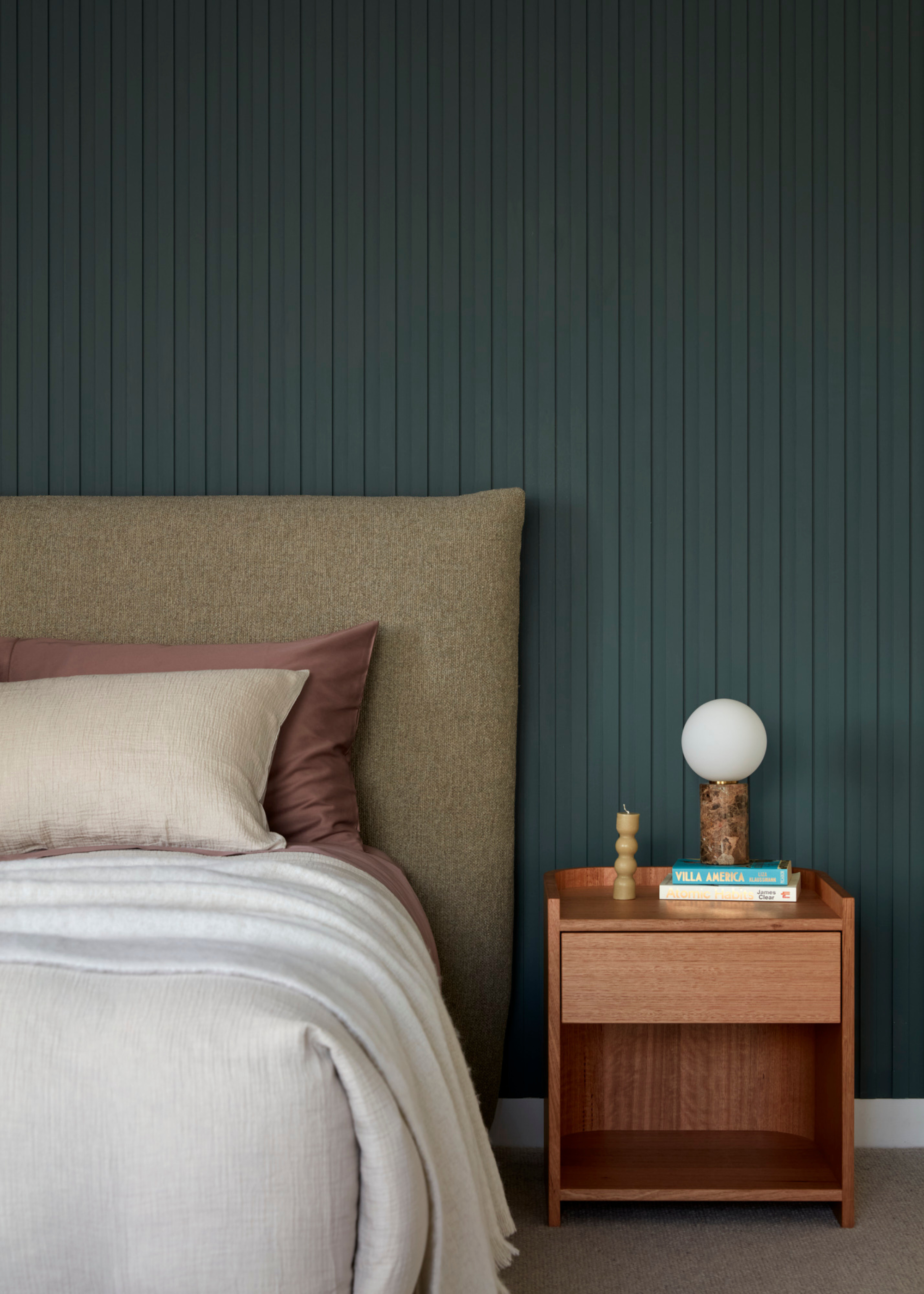
DO INSTEAD: Tuck yourself under a cotton duvet to help you sleep better.
Another common mistake that comes about when setting up your bed for the colder seasons is switching out your blankets for down duvets. Trust me, even if it seems like just the finishing touch you need for a cozy bedroom, you're better off without it.
"Down duvets are deliberately heat-trapping, so they are very good for cold sleepers but not so great for hot sleepers," says Cathy. "Plus, there is no heat-regulating aspect to down and feather duvets."
As an alternative, Nancy suggests treating your bed to natural-fiber duvet covers like cotton or linen that allow air to circulate freely. After all, the last thing you need is your duvet being the reason you have trouble sleeping through the night.
5. Waterproof Materials
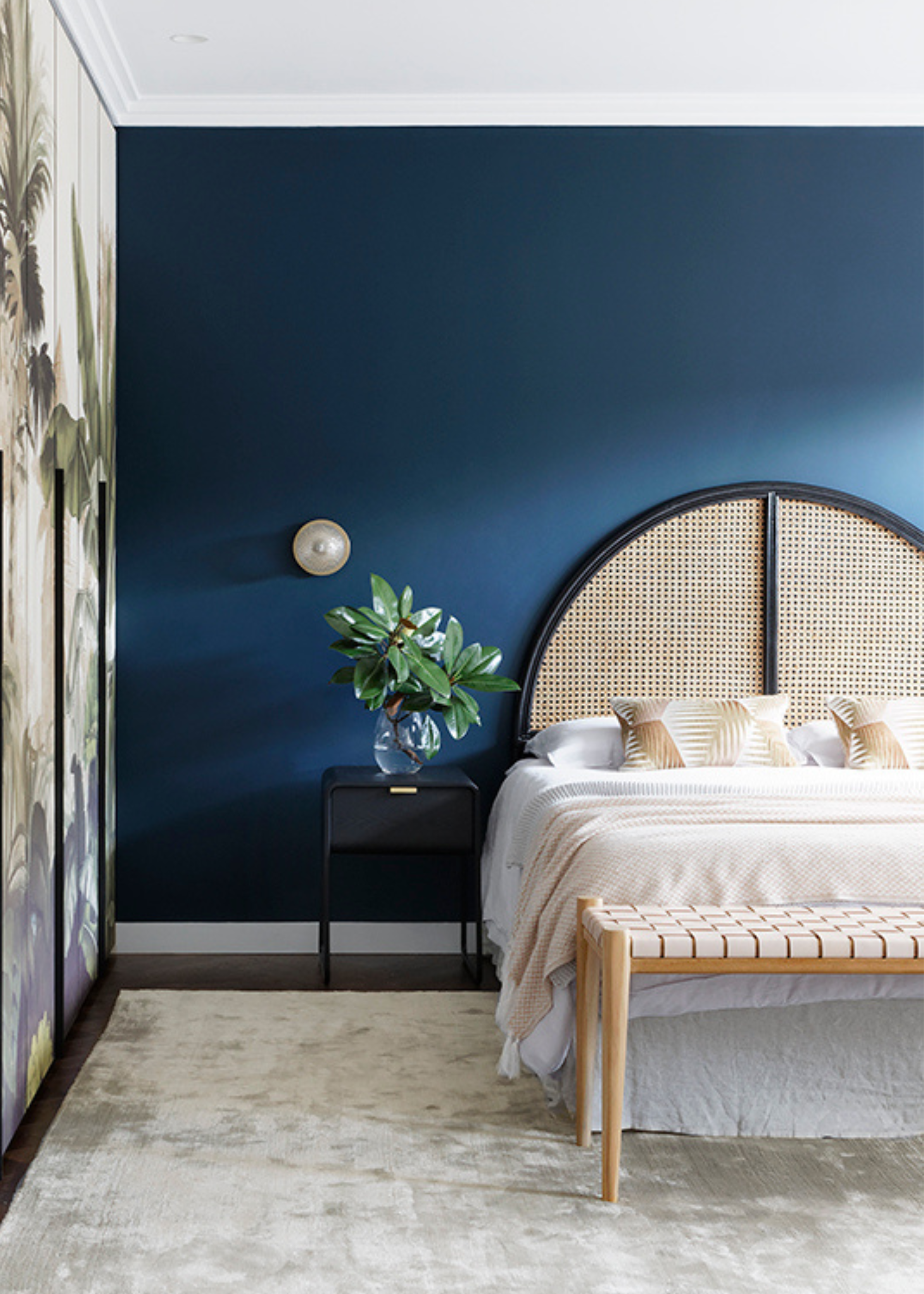
DO INSTEAD: Look for non-waterproof bedding in natural fibers.
Cathy tells me that layering your bed in waterproof mattress covers and protectors is a major faux pas. It might feel like a wise choice to prolong the life of your mattress, but it will not assist in peaceful slumber.
"These trap any heat your body is giving off. If you’re a cold sleeper, this won't make too much of a difference. However, if you’re a hot sleeper, it's better to switch to a non-waterproof mattress cover," she notes.
Rather than choosing waterproof fabrics that feature polyurethane, you can opt for a more natural approach and look for protectors crafted from cotton and linen for improved sleep hygiene.
FAQs
What Is the Best Bedding Material for Winter?
All in all, natural fabrics are the best choice for bedding in the winter. Look for cotton, linen, bamboo, and silk bedding. These fabrics will regulate air flow and keep your bed feeling comfortable and warm without the discomfort of heat trapping.
When it comes to creating a space for great rest, Japan knows what it's talking about. From temperature regulation to minimalist bedrooms, our guide to Japanese sleep secrets should be your next stop for a lesson in better slumber.

Amiya is a Home Wellness Writer at Livingetc. She recently graduated with a Masters Degree in Magazine Journalism from City, University of London, and has lent her words to beauty, fashion, and health sections of lifestyle publications including Harper’s Bazaar and Women’s Health. Her experience as a research analyst has equipped her with an eye for emerging trends. When she’s off the clock, she can be found reading, listening to music, or overanalyzing her latest Co-Star update.
